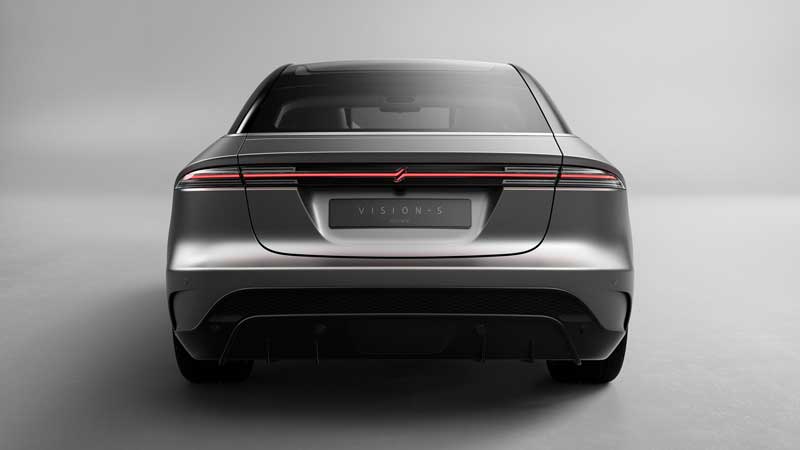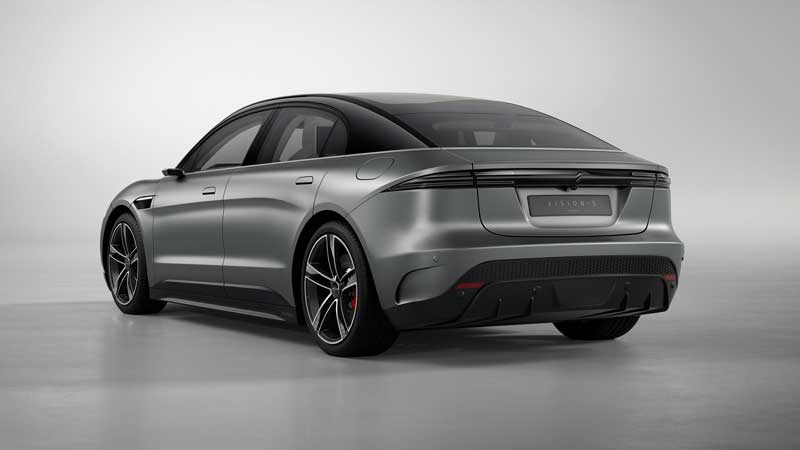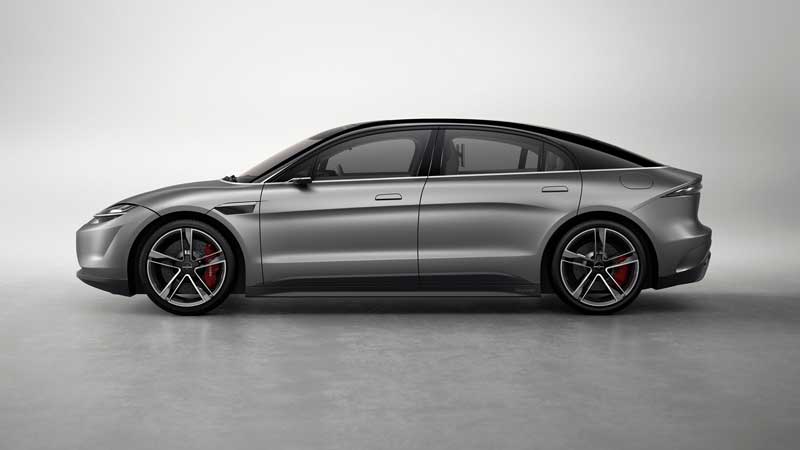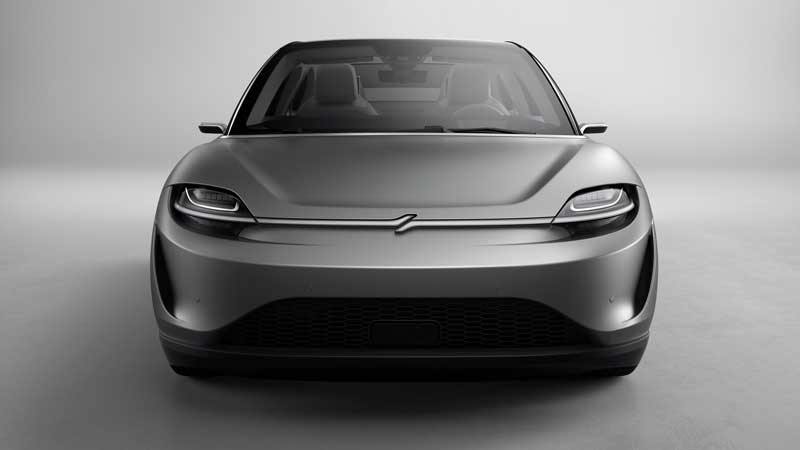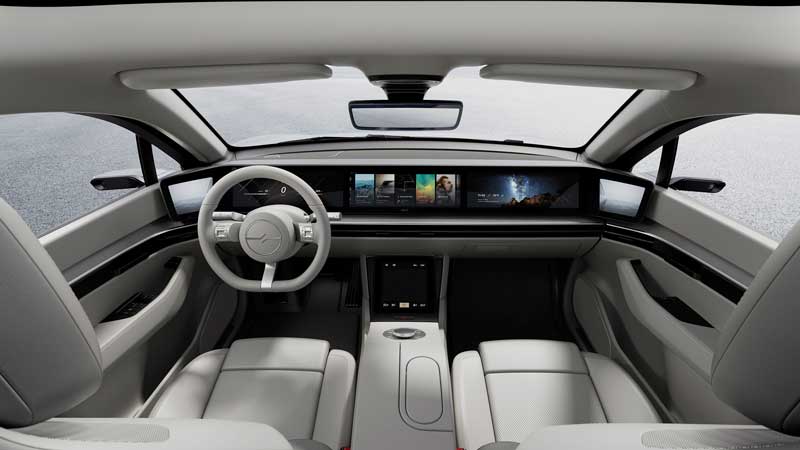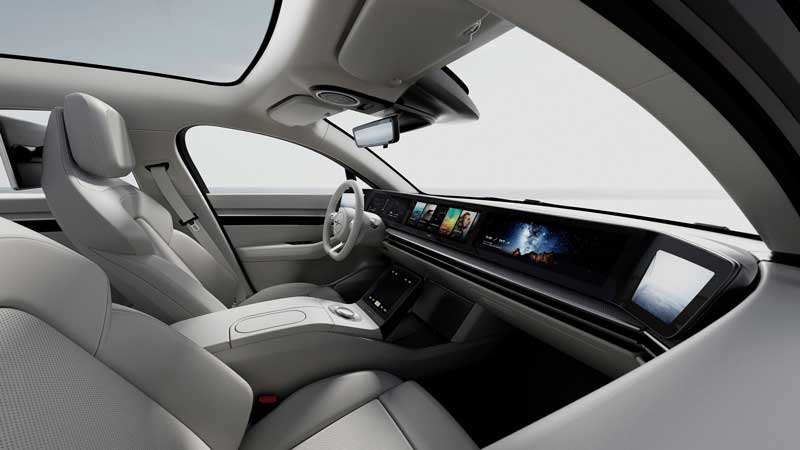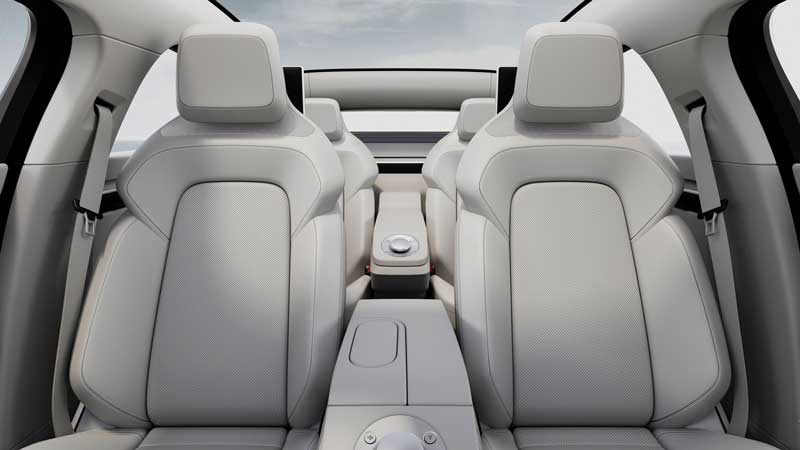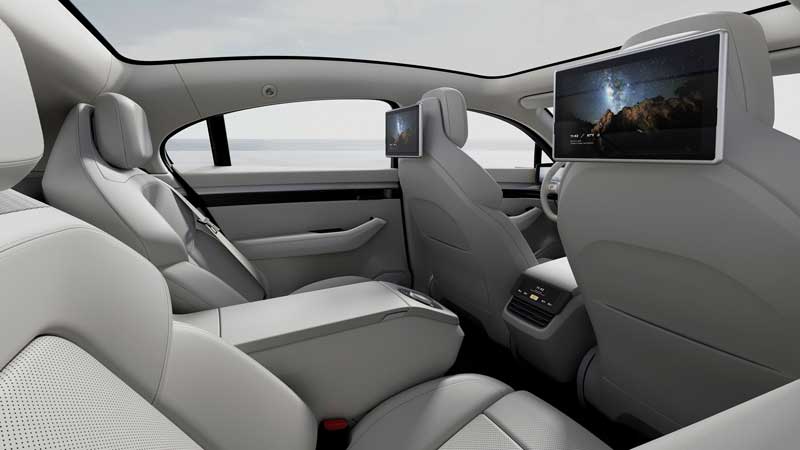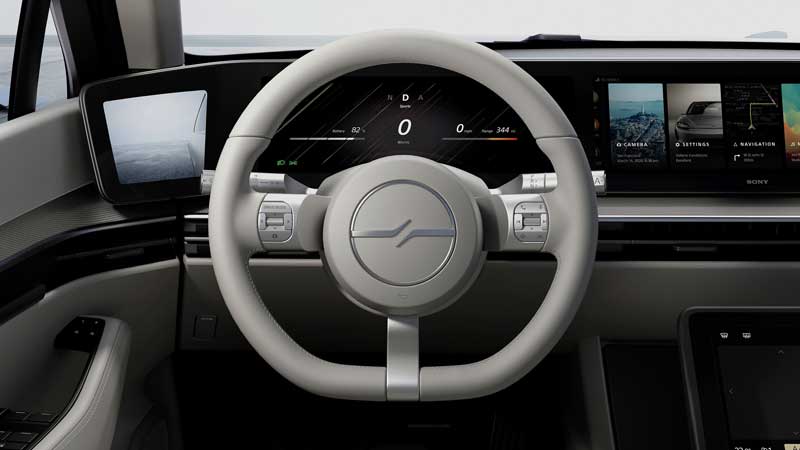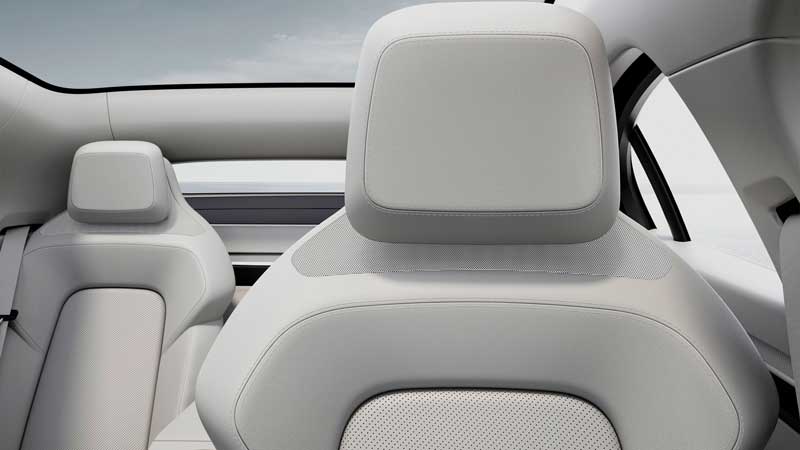Electronics giant Sony shocked crowds at the Consumer Electronics Show (CES) 2020 expo in Las Vegas last week when it stepped outside its usual realm of gaming platforms, smart TVs, cameras and smartphones to unveil a fully electric, autonomous car.
As a sleek, silver sedan rolled out onto stage at the company’s press event at CES 2020, Sony CEO Kenichiro Yoshida said: “This prototype embodies our contribution to the future of mobility and combines a variety of Sony technology.”
The all-wheel drive, 4-seater Vision-S, according to Sony, has 2x 200kW motors, and a maximum speed of 240km/hr and acceleration from 0-100km/hr in 4.8 seconds.
With 33 sensors to monitor the interior and exterior of the vehicle, it also packs an immersive 360 degree surround audio system, and a panoramic dash screen for infotainment.
However, Sony has said it does not plan to sell the Vision-S commercially – instead, it plans to use it as a testbed for image sensing technology, of which the company holds a leading market share globally.
This and other remarks from the Japanese CEO of Sony’s focus on the software capabilities of the Vision-S underline the increasingly blurred line between traditional automotive design and new tech mobility companies.
“Another concept that forms the development of this prototype is adaptability. Based on software-oriented design, the vehicle seamlessly integrates with the cloud and continually updates its capability,” Yoshida said.
Over-the-air updates are a hallmark of Tesla vehicles, and other legacy carmakers are also jumping on board, such as BMW which on Monday announced “downloadable vehicle upgrades” (as noted in this article here).
Other tech companies have from time to time in the past decade tried their hand at entering the world of automotive design, but so far without a great deal of success.
Take computer and smartphone giant Apple for example, which the Wall Street Journal reported had begun working on “Project Titan” – an Apple-branded electric car – in secret in 2014, but to date has not been officially confirmed by the company despite a supposed 2019 shipping date also reported by WSJ.
Then there’s Dyson, which famously said it would commit £2.5 billion ($4.71 billion) towards developing an electric car in September 2018, even going so far as to submit a patent before pulling out of the whole idea in October 2019.
A production vehicle from Sony in the future could be possible though, if closing remarks by Yoshida are anything to go by, and the fact that the company has actually already turned out a prototype (no doubt preceded by numerous preceding prototypes).
“This vehicle is based on a newly designed EV platform allowing for future applications and other vehicle types such as SUVs,” Yoshida said at the CES 2020 press event.
With so much development already under its belt, built on partnerships with the likes of Continental, Magna, Benteler, Blackberry, Bosch, Gentex, ZF, HERE Technologies, Nvidia and Qualcomm, it will be interesting to see if Sony can rise from just another electronics giant to modern electromobility player.

Bridie Schmidt is associate editor for The Driven, sister site of Renew Economy. She has been writing about electric vehicles since 2018, and has a keen interest in the role that zero-emissions transport has to play in sustainability. She has participated in podcasts such as Download This Show with Marc Fennell and Shirtloads of Science with Karl Kruszelnicki and is co-organiser of the Northern Rivers Electric Vehicle Forum. Bridie also owns a Tesla Model Y and has it available for hire on evee.com.au.



